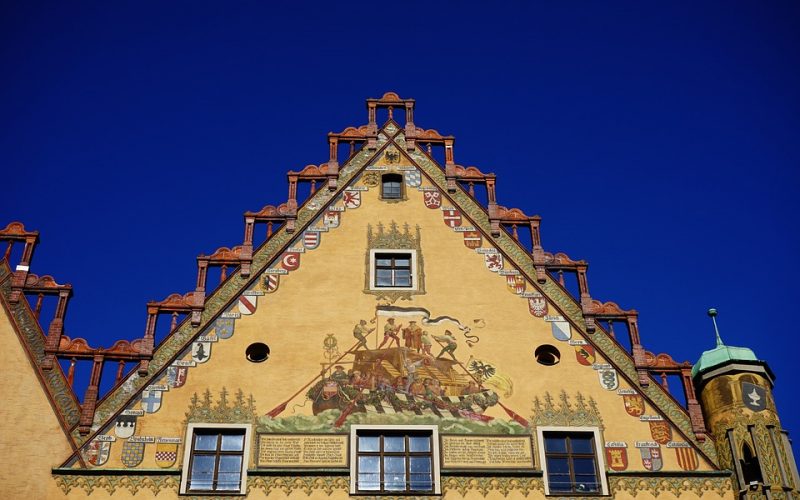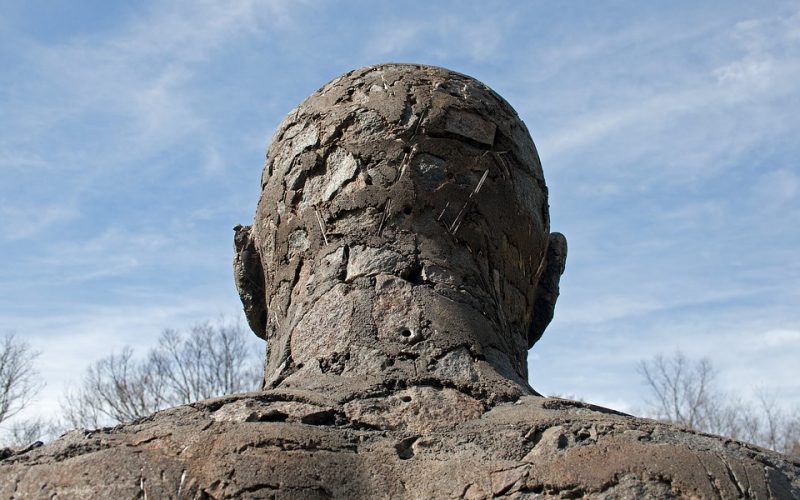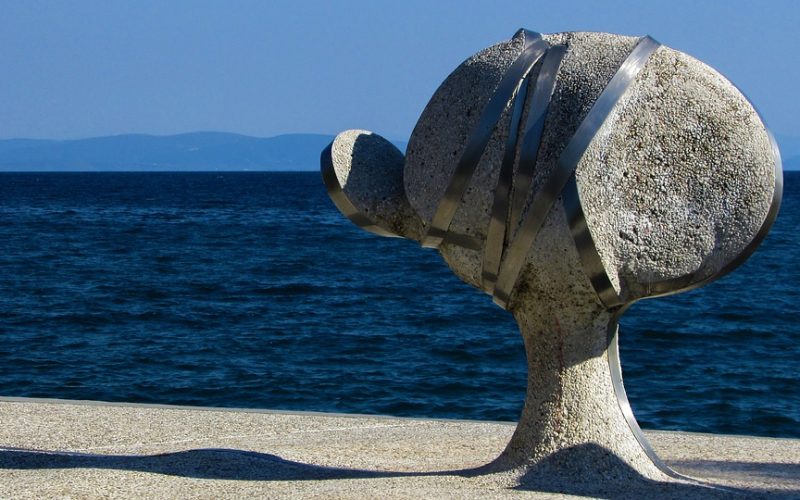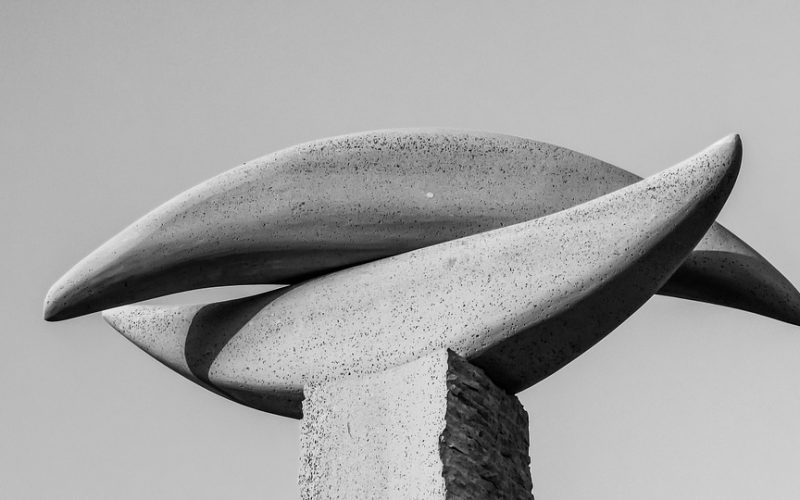Art Deco Murals of the Past
Large murals on the outside of modern buildings have become popular in recent years, but most of them are painted onto walls rather than made of individual tiles inlaid into the floor. While modern style accounts for much of this trend, floor murals were often made of many small pieces fitted together to create a picture or tell a story, and they were done on bare ground outside or laid as an inside floor. This type of mural is generally seen in buildings erected during the Art Deco era.
Creating a mural out of many tiny pieces takes a great deal of time, and it usually requires a master craftsman to design and execute it. In the early twentieth century, it was important to spend time on embellishments. Life in those years ran at a slower pace than today, and it is one reason many floor murals are generally found in older buildings.
Inlaying a floor with tiles is generally done after the building is complete. A sub-floor is laid down to support the weight of the tiles, and then the area is sectioned off to help the tile layers with their measurements. Each tile is placed beforehand to ensure measurements are exact, and then they are taken out and grouted in piece by piece. Replacing a broken tile is difficult, and there is a danger that adjoining tiles will be damaged during the process.
The Art Deco style was only popular for a short while, and many buildings in Europe were destroyed by bombs. When rebuilding occurred in major cities many people needed to immediate housing or office space. Builders were still interested in creating beautiful homes and offices, but they concentrated less on decoration built into the edifice, and more on decorating with furniture, carpeting and movable art objects such as vases and floral arrangements.






